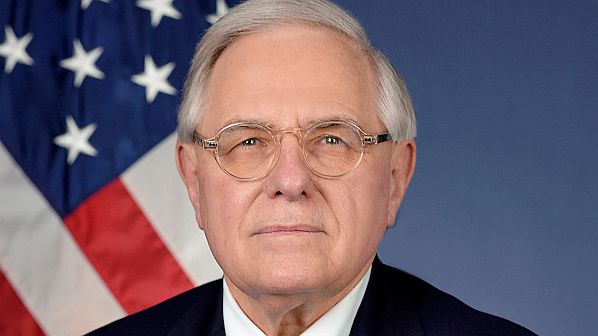The 41 railways subject to the statutory mandate - comprising all seven Class 1 railways, Amtrak, 28 commuter railways, and five short lines and regional railways that host inter-city or commuter rail services, plus industry associations, suppliers and other service providers, have worked for more than a decade to reach what FRA called “a landmark achievement” and what FRA administrator Mr Ronald Batory says is an “unprecedented undertaking” for the nearly 100 stakeholders.
FRA has certified that each host railway’s PTC system complies with the technical requirements. Interoperability has been achieved between host and tenant railways operating on PTC-governed main lines.
Most railways had reached the finish line some months ago. By September 30, the rail industry reached 99.6% of fully implementing PTC. At the end of 2019, PTC was in operation across 98.5% of the required Class 1 route-km.
The Rail Safety Improvement Act of 2008 (RSIA) mandated PTC implementation on Class 1 railway mainlines over which 5 million or more gross tonnes of annual traffic and certain hazardous materials are transported, and on any mainlines over which inter-city or commuter rail passenger services operate.
The RSIA and FRA’s regulations also require PTC systems to be interoperable, not only on the mainline where host and tenant railways operate, but also during uninterrupted movements over boundaries between railways.
The objective of PTC is to prevent train-to-train collisions; derailments caused by excessive speed; unauthorised incursions by trains into sections of track where maintenance is taking place; and the movement of a train through a switch in the wrong position.
The RSIA originally required full implementation by December 31 2015. When this deadline became impossible to achieve, Congress extended it in two phases with an interim deadline of December 31 2018 for certain provisions, and a final deadline of December 31 2020, with FRA approval.
Among the railways receiving the deadline extensions were regional/commuter rail agency South Florida Regional Transportation Authority, which achieved FRA certification earlier this month, and New Jersey Transit (NJT), which was the only railway, at the end of the third quarter, that FRA deemed at risk of missing the deadline. But with less than two weeks to spare, NJT reached it on December 17.
Investment by US railways in PTC implementation exceeds $US 15bn. The Association of American Railroads (AAR) reported that Class 1 railways alone spent $US 11.5bn to develop, install and implement fully-interoperable PTC systems. The US Department of Transportation provided some $US 3.4bn in grant and loans to support the overall effort.
Improved safety
“PTC is a critical piece and new dimension of safety in the railroad industry, but it does not take the place of the men and women who operate and maintain freight and passenger trains,” Batory says. “At its core, PTC is a risk reduction system that will make a safe industry even safer, and provide a solid foundation upon which additional safety improvements will be realised.
“This achievement encompasses more than a decade of sustained commitment, thousands of hours of testing and deployment and innovative technological solutions, along with a tremendous amount of coordination and collaboration among nearly 100 host and tenant railroads, railroad associations, material suppliers and service providers.”
“Beyond safety, PTC systems and their foundational components hold promise to drive further efficiencies and innovation across the nation’s rail network,” says Mr Ian Jefferies, president and CEO of the AAR. “Armed with detailed geo-mapping, advanced communications systems and upgraded locomotive hardware, railroads are working to unlock the promise of this technology to improve efficiency and drive further operational innovations. This gradual, disciplined process will be fully integrated into railroad’s ongoing efforts to enhance reliability and better serve their customers.”

